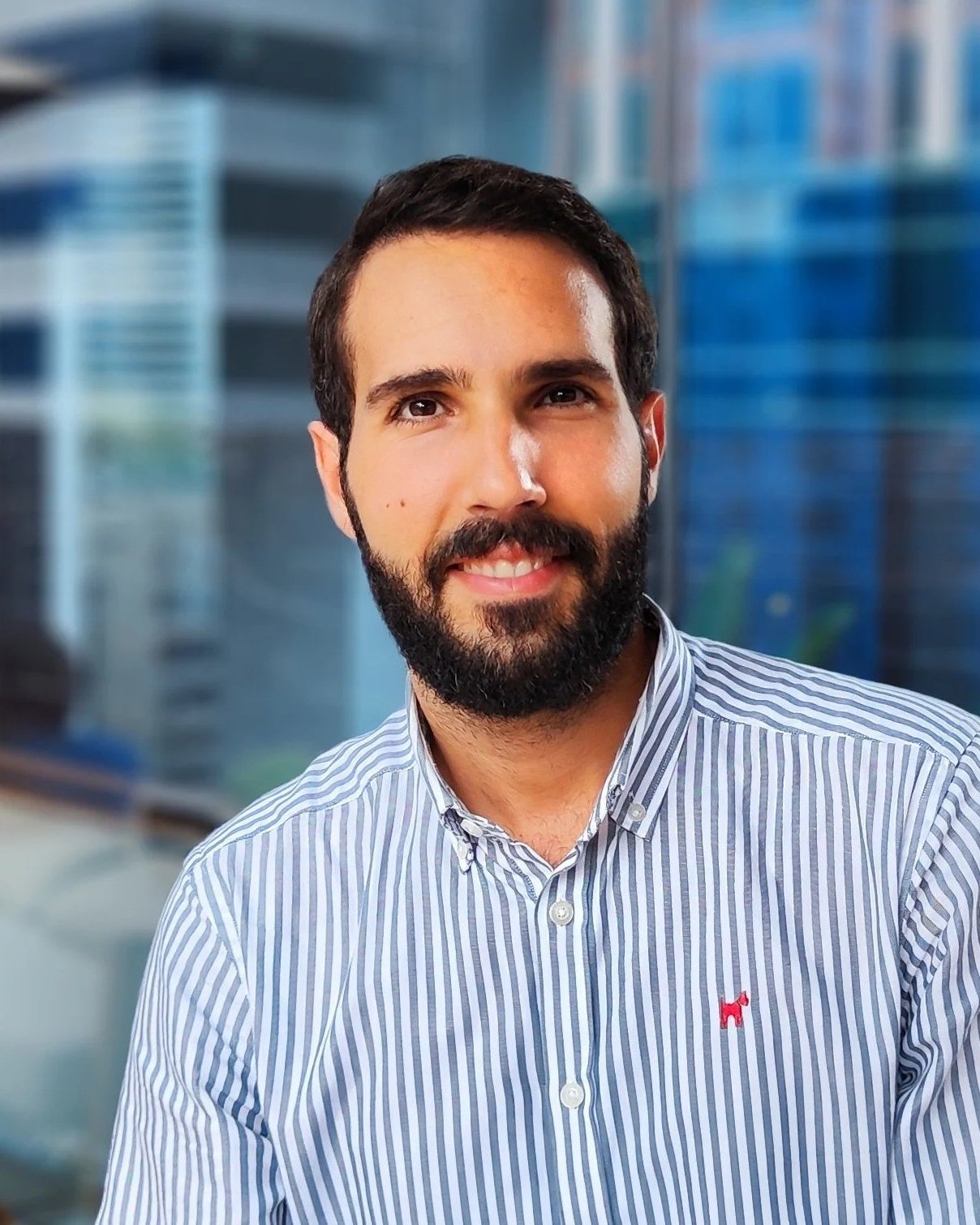The Better Futures Genome: A Human-Centric PMO
Meet Iñigo Muñoz Bilbao
Part 1 of a 3-part series, “The Better Futures Genome”
Better Futures is an Asia-based partnership (Singapore and Hong Kong) structured around four building blocks: Organization Transformation, Project Management, Knowledge & Capabilities, and Sustainability.
In this series, we map each co-founder’s DNA and how their strengths interlock to form the Better Futures genome. We begin with Íñigo Muñoz Bilbao, whose practical streak anchors the firm’s PMO, co-designed and co-executed from inside client teams.
Who is Íñigo?
Íñigo Muñoz Bilbao focuses on strategy and operations, helping clients streamline processes, optimize systems, and make better use of people’s time and skills.
With fifteen years of experience across sectors such as Manufacturing, Finance, F&B, both for corporates and start-ups, he has led transformation journeys, improved bottom lines throughout operations and systems, and managed future proof change; new product development, innovation, and M&A.
For Iñigo, business is both craft and curiosity. While many treat their work as a just a “job”, Íñigo immerses himself in it for the sheer joy of solving how things work. This mindset explains his preference for long-term, inside-the-team engagements.
Íñigo’s PMO mantra
Progress matters more than perfection. Execution is not about doing whatever it takes; it is about taking decisions quickly, accepting trade-offs, and keeping momentum visible.
“I’m pragmatic by nature. Be it life or business, I enjoy closing the gap between where I am and what needs to be done.”
That bias for action shapes his PMO style: decisive, consistent, and people-centred. He thrives in fractional, long-term roles where trust builds through presence and follow-through. Much of his work comes through referrals, proof that reliability travels faster than marketing.
Íñigo’s place in the Better Futures DNA
Q: Where do you see yourself within Better Futures’ DNA?
I work where strategy meets delivery. My job is to turn plans into routines teams can sustain. I start with how work really happens: who talks to whom, where handoffs fail, what slows decisions. You learn a business by listening across levels and earning trust. When people see you as an ally, they share what others miss; that insight becomes the platform for delivery.
With that foundation, understanding turns into momentum. Execution builds and compounds. Work lands when teams stop seeing us as outsiders and start working with us as partners shaping solutions. Empathy and attention align people, secure buy-in, and make it clear that milestones and trade-offs serve their interests.
Keeping the human element in execution
Q: Where does the human-centric element fit when it comes to execution?
“Human connection becomes the foundation you rely on in delivery.”
Íñigo: People often treat operations and execution as the rational, mechanical side of business. In reality, they rise or fall on human judgment, coordination, and belonging. Data and structure set the frame; empathy and well-paced sequencing turn plans into action people can commit to and sustain. Recognizing the human element accelerates execution, not the opposite.
Empathy means acting from their reality: everyone is busy and any new initiative adds on workload. Therefore, we need to explain the why in concrete terms, show what’s in it for the end users, and keep the stretch temporary. When people see the value and the finish line, they give the extra effort; tight PMO discipline turns that effort into visible progress.
Q: In complex projects where teams put in extra hours, how does Better Futures sustain momentum?
Íñigo: Two principles anchor us.
Lead by example. Do what we say and back promises with work.
Honour discretionary effort. Praise those who go further and never take it for granted.
We put empathy into action. We stand with teams in tough moments, celebrate wins, and show gratitude. We roll up our sleeves, own project boards, run sprints, participate in the delivery, and show up consistently. That is what moves projects forward.
When change lands on top of day jobs, slippage is common. Better Futures enters as a facilitator, not a commander. Inside-the-team delivery lowers resistance so follow-ups feel supportive, not policing. Once friction eases, people start to see value in the work itself, and that recognition fuels execution.
PMO in practice: Íñigo’s tips
Stay anchored to the problem, avoid drift. Begin with wide discovery. Talk to people across levels to see how things really work. Try to see what dots Managers may have not connected where your fresh perspective and broad conversations may become an hedge that adds value to them.
Get sponsor time early, long approval chains are a reality. Keep clear escalation paths and engage leaders from the start so decisions move.
Keep communication simple and steady. Define touch-points and a steering rhythm so engagement does not fade halfway through.
Use shared visuals to align fast. Treat decks in PowerPoint or Canva as live whiteboards. Work within the client’s preferred tools for notes and tracking.
Create quick-view rituals. Use a single-slide charter and dashboard with next week’s goals, last week’s achievements, escalation items, and owners by name. Add a simple 🚥RAG status so everyone knows what is red and why.
Follow the rhythm you set. Meet weekly with project leads and monthly with sponsors. Whatever cadence you define, keep it. Consistency builds trust, and trust keeps projects moving.
In Inigo’s words, the personal spills past the professional, and the work honors the person, before the plan. That stance—empathy braided with cadence—turns strategy into outcomes you can see and sustain.
If your roadmap needs momentum and buy-in, tap the PMO encoded at Better Futures.
This is Part 1 of a three-part series tracing the co-founders’ DNA and how their strengths intertwine to form the Better Futures genome.



